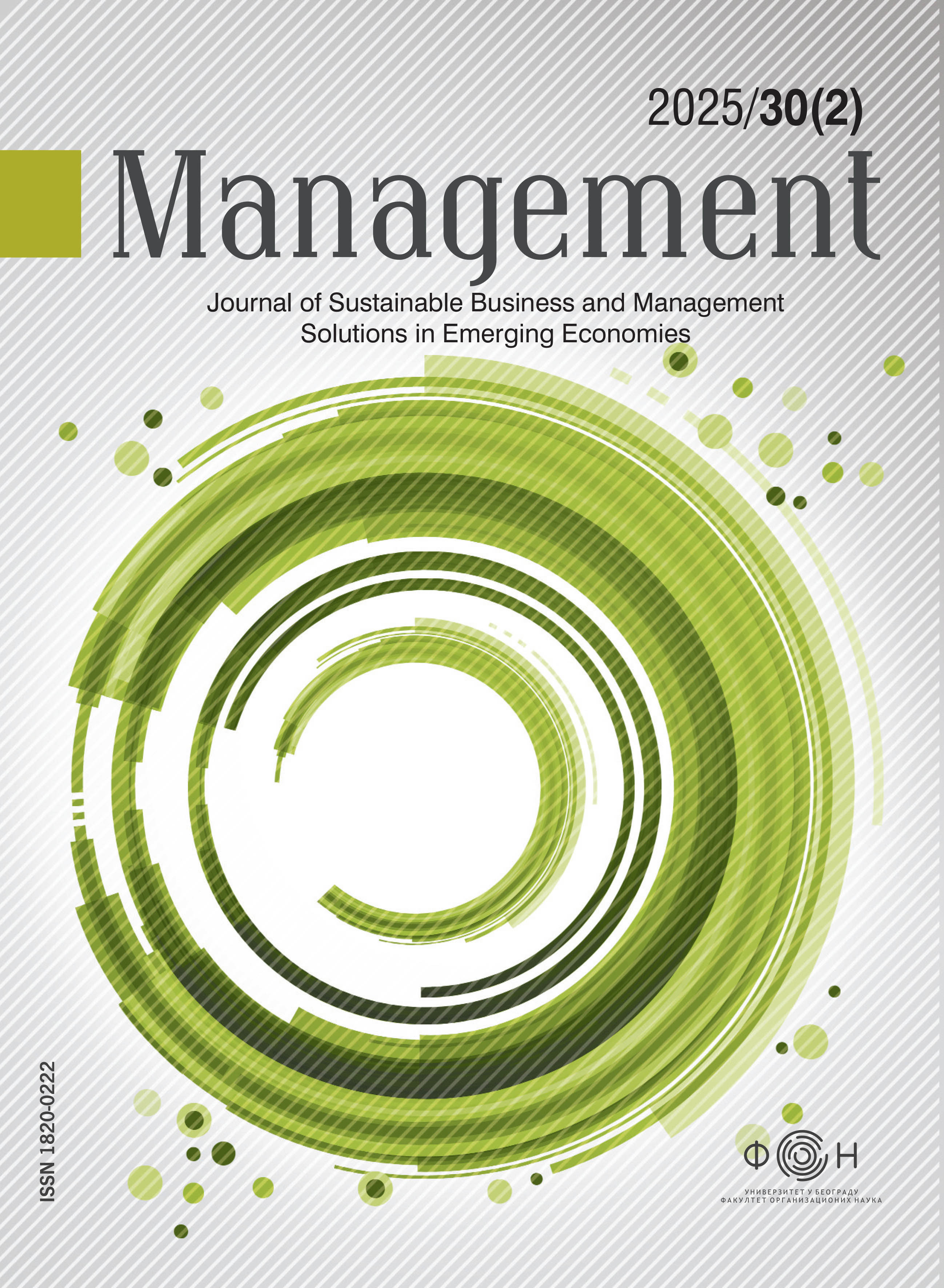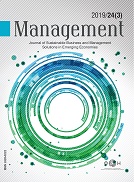Efficiency of State Incentives in Serbia’s Industry: Impact on Investment and Employment
DOI:
https://doi.org/10.7595/management.fon.2025.0008Keywords:
state incentives, industrial policy, investment promotion, employment growth, bootstrap analysis, economic competitiveness, SerbiaAbstract
Research Question: We investigate the effectiveness of state incentives of industrial policy in terms of investment and employment. Motivation: Serbia implements various support models of industrial support to attract investments and increase employment. Total spending on state aid in Serbia is much higher than in EU countries. State incentives are deemed justified if they effectively lead to an increase in direct investments, that is, if they enable the implementation of investment projects that would not have been realized in the absence of such support. Incentives are considered acceptable insofar as the benefits generated by the supported projects exceed the costs of the incentive programmes, including both direct and indirect expenditures. However, previous research showed that there is not enough transparency in allocated incentives, and their effectiveness is questioned. Data: This research analyses 197 investment projects that received incentive funding during the period 2016–2022. Data are obtained from the Ministry of Economy and contain project data on total investment and incentive amount, as well as the number of newly employed workers. Tools: We use a bootstrap methodological framework to generate both point and interval estimates of average values of investment and incentive amount, number of newly employed workers, and incentive amount per employee. Findings: We find a high degree of heterogeneity in all four indicators analysed. We observe that average incentive per employee increased during the analysed period. Also, average investments increased during the period, with the peak in 2020 of 80 mil. euros. Average newly created jobs ranged between 255 and 399 and average investment ranged between 15.9 and 39.2 million euros with the confidence of 95%. Contribution: Our findings provide an evidence-based assessment of the effectiveness of state incentives for attracting investment and employment in Serbia and offer recommendations for the reform.
Downloads
Published
How to Cite
Issue
Section
License
Copyright (c) 2025 Management:Journal of Sustainable Business and Management Solutions in Emerging Economies

This work is licensed under a Creative Commons Attribution-NonCommercial-NoDerivatives 4.0 International License.








